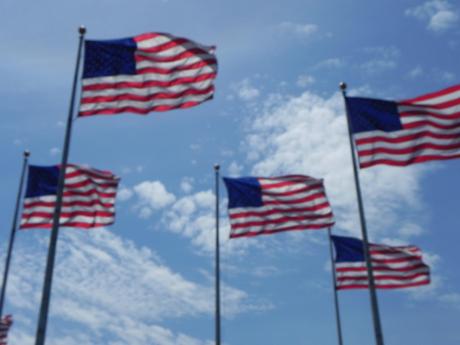One of the truths that doctoral work teaches you is that if you look closely at something, minute differences appear. Those interested in historical subjects write up syntheses that cover over many of these minute differences until somewhat of a false impression might occur. Consider Puritan New England. The image is a familiar one to the American imagination. Rigid, pious, fearful church-goers predominated. Stern, often acerbic, ministers were voices of authority. But in actual fact, maybe a third of those eligible to be so in Puritan New England were church members. Many lived in remote locations and used folk traditions (what the church would condemn as “witchcraft”) to meet their spiritual needs. This was DIY religion. And yet, the overall picture is of an uptight, strict, Calvinistic world. That’s only part of the story.

Controlling the narrative is a powerful thing. For example, the religious right has often flouted the idea that America was very religious from the beginning. The “falling away” from the church is only the result of modernism. Before that, they claim, pretty much everybody was religious. This is patently untrue. But if the narrative is believed, it becomes powerful. Historians face a dilemma here. Not every single little detail can be written about anything. If you read a history of, say, the United States, do you think everything is in those thousand pages? No, not by a long shot. Entire books written about a single individual don’t cover everything. The temptation is to present an approximation that covers the general trends. Those of us who study religious history have an extra hurdle—what people say they believe and what they actually believe might be quite different.
Demographic studies that show only a third of New Englanders were church members indicates that two-thirds of the story remained untold. The city on a hill may have been an ideal, but most of the people lived in the valley. People prefer a happy story, of course. That’s natural enough. When we look for facts sometimes the story can grow a little confused. Shrink that history of the US down to a single state and it’s still unwieldy. Even a single city. Choices have to be made and approaches have to be decided. What really happened? You can bet your bottom dollar that it was a lot more complex than any history book indicates. People prefer mythological national narratives to naturalistic ones. When we buy into simple materialism we often mistake our mythic past for a factual one.
